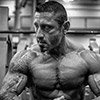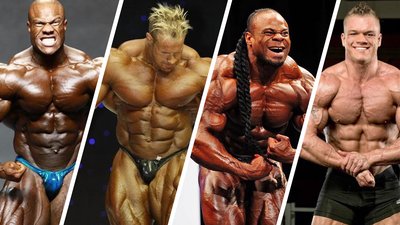The aspiring bodybuilder is far more sophisticated and far less gullible than he or she might have been decades ago. Gone are the days when fans would send away for Arnold's top-secret arm-training course, fully expecting to own 21-inch jagged peaks for biceps just by following his workout routine.
We have a universal understanding now that the top bodybuilding champions aren't normal human beings. In a very real sense, they are mutants, with rare inherited genetic traits that allow their muscles to take on sizes and shapes that simply aren't possible for the vast majority of people who train with weights.
As I wrote in the precursor to this article, "What the Bodybuilding Greats Can Teach You," these unique men and women may not be the best people for ordinary lifters to turn to for information and advice on training problems. But they still have a lot to offer.
Thanks to my job as a bodybuilding writer for the past 25 years, I've had the privilege of speaking with hundreds of top bodybuilders about their pursuit of physique perfection. And as it turns out, many of them have much more to offer than the inspiration of their astounding bodies. Here are a few things you can indeed learn from the pros.
Phil Heath: Focus on your weak points
In Part 1 of this series, I mentioned that Phil is a winner because he knows how to get past the drama and "just do the work." Here's what I mean by doing the work.
When Phil Heath turned pro on his first attempt at the 2005 USA, his arms were already attracting attention. They were outstanding! His chest and back, however, had a ways to go before they matched, in large part because his clavicles weren't terribly wide. He needed to beef up his shoulders a bit.
The path many of us follow, consciously or unconsciously, is to continue working our strong points hard. It's just so rewarding to see that instant gratification instead of slogging away at those stubborn, unresponsive areas. But if Phil had focused on his arms and avoided his shoulders, he wouldn't have one Mr. Olympia title to his name, much less five.
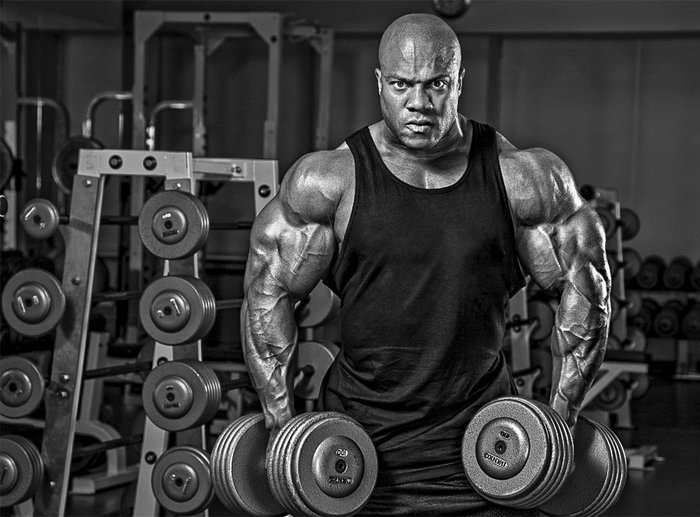
For years, Phil backed off direct arm training and went berserk with his chest, back, and shoulders. Those three muscle groups of his now rank among the best in the sport. In fact, his back slays most of his competition.
The Lesson for You: If you want instant gratification, by all means blast your strong points. If you want a great physique, focus on turning your weak points into strong points.
Kai Greene: Do what works for you, no matter what anyone else says
Kai Greene's ability to overcome his tough upbringing is part of what makes him such a star. And it's what makes him such a unique individual. Older guys like to gripe that today's bodybuilders all look alike and have no personality. Clearly, they've never met Kai, a three-time Arnold Classic champ and three-time Mr. Olympia runner-up who marches to the beat of his own drum in all ways.
Even Kai's training is eclectic and unpredictable. It's not just that he breaks rules: He doesn't follow any rules at all! Case in point: Kai has been seen spending as much as 45 minutes warming up on a StepMill before starting his leg workout, which itself can stretch as long as three hours. That's way too long a warm-up, right? Surely, it would detract from the workout and make you too fatigued to reach maximum performance.
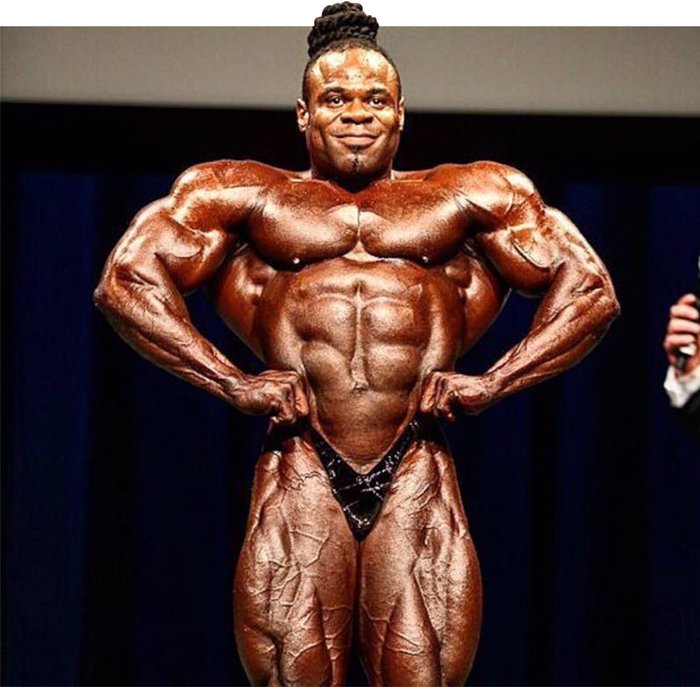
But Kai takes as much warm-up time as he needs to feel fully prepared, both physically and psychologically. If you've seen his legs, you know there are only a handful of other men alive today who can even compare to his development. He also does chin-ups as part of his warm-up, not just on back day, but every day. It helps him loosen up his shoulder girdle for whatever he happens to be tackling in the gym. Yet most of us would never to do chin-ups during any workout other than back.
The Lesson for You: Be like Kai. Stay tuned in to your body and do what works for you. Don't worry if others think it's wrong or crazy.
David Henry: Machines can build mass
We've had it hammered into our brains for years that barbell and dumbbell basics are the keys to building muscle, and they certainly are effective. We've also been told to avoid machines, especially on big body parts like chest and back. The reigning wisdom is that they don't contribute much to beefing up those areas.
Tell that to David Henry, the first 202 Mr. Olympia champion and still one of the top men in the 212 division today. His chest and back are impossibly thick, dense, and rugged, and are among the best in the sport, regardless of division (open versus 212).
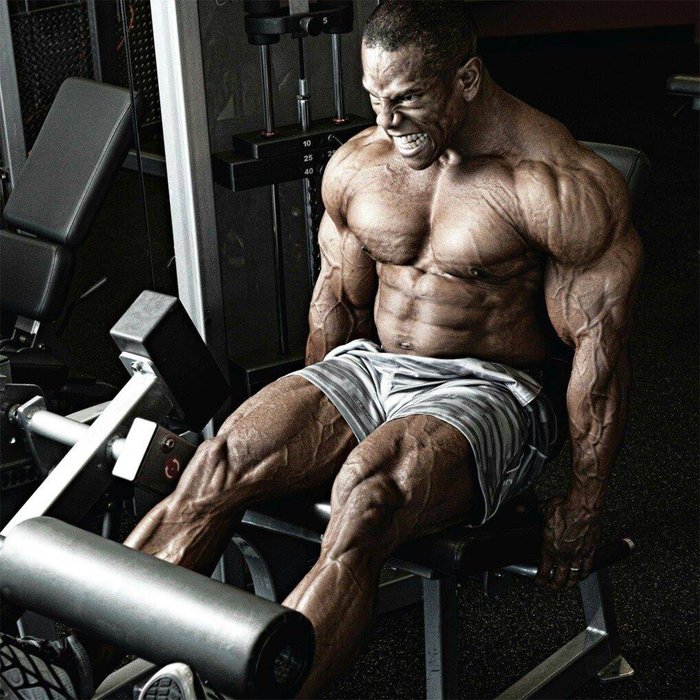
If you've ever seen David's DVDs or video clips, you know he trains mostly on Hammer Strength machines. Serious lifters tend to look down on machines, saying they are "too easy" compared to free weights. But having watched as David trains, I can assure you there is nothing easy about his workouts. He loads up those Hammer machines with all the plates they can hold, and tortures his pecs and lats with no remorse.
The Lesson for You: Machines can definitely build mass. You've just got to attack them with the same kind of energy you do free weights.
Victor Martinez: Extra credit for stubborn body parts
Most of us are locked into believing that the best way to train is to hit each body part once a week, then leave it alone for seven days.
One muscle group we're particularly wary of overtraining is the shoulders, and for good reason. The deltoids play a supporting role in both chest and back training, so they get attention when you work these other body parts. But the medial or side delts only get worked when you work them directly.
Earlier in his pro career, Victor Martinez decided that his shoulders needed to be rounder and fuller. He recognized that a full shoulder workout twice a week wasn't the best idea, because he could become overtrained and actually regress in development. He decided to add medial-delt work in the form of lateral raises at the end of his chest workouts and soon saw results.
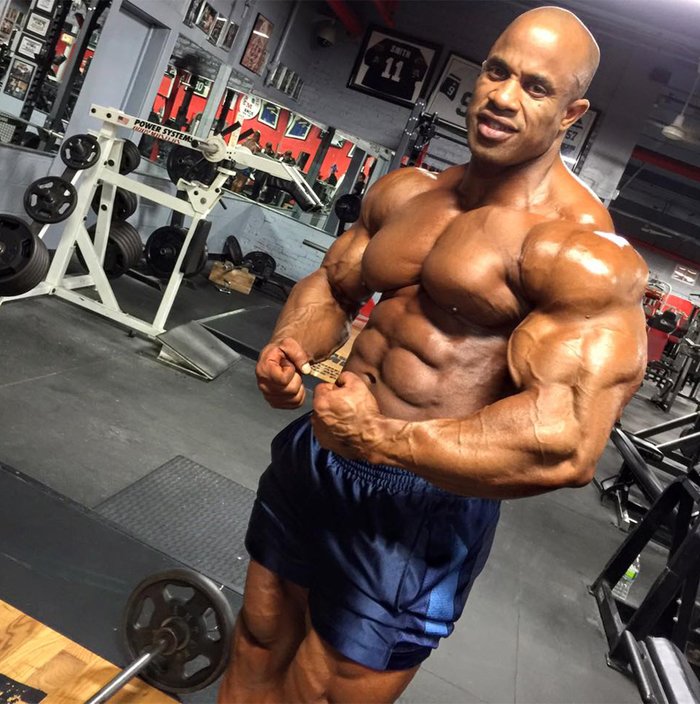
Retired pro bodybuilder Don Long is known for advocating what he calls "touch-up" training, which is essentially light pumping work for body parts performed multiple times a week in addition to their full, heavier workout.
Lesson for You: First, the more you know about your own anatomy, the better able you are to put together the right workout for you. Second, if you think some of your muscle groups are lagging, try giving them some "extra credit" training.
Branch, Ronnie, Jay: A full ROM is not always desirable
I've probably exhorted an entire generation of lifters to use better form, including taking an exercise through a full range of motion (ROM). But the full-ROM technique is not always the best.
I talked in Part 1 about what makes two of our greatest bodybuilders so...well, great. Ronnie Coleman found a workout that worked for him and stuck with it throughout his career. Branch Warren got there by being tough. For him, even the most serious injury was just a minor setback, just something to get past and keep moving.
Ronnie and Branch own some of the thickest sets of pecs of our generation. Eight-time Mr. Olympia Coleman and two-time Arnold Classic Champion Warren both call Metroflex Gym their home. Both men also found that they were able to achieve superior results by stopping all chest-pressing-movement reps a couple inches short of lockout.

This helped them maintain tension on the pecs rather than shifting it toward the triceps at the end of the rep. And it probably allowed them to load the absolute maximum weight. Ronnie and Branch have both done countless sets of dumbbell presses in the 180-200-pound range.
Newer pro Maxx Charles also built his massive chest going ultra-heavy yet never approaching lockout. Four-time Mr. Olympia Jay Cutler found that slightly limiting his range of motion on presses was the key to unlocking his full chest-growth potential. In Jay's case, it was the bottom or stretch position that he eliminated. From that stretch, his shoulders would take over the movement completely.
Lesson for You: Full ROM is best much of the time, but there are times and places when shorter ROM is better.
Haney, Coleman, McCarver: Twice a week might be best for you
Long ago, it was common for bodybuilders to train every body part three times every week. That's what Arnold did. But as the '70s wore on, most bodybuilders had toned that down to twice a week. Then, as I mentioned in Part 1, Dorian Yates showed up with his "Blood and Guts"-style of training and convinced the masses to stress full recovery by going to just once a week. That's been the status quo for nearly a quarter-century now.
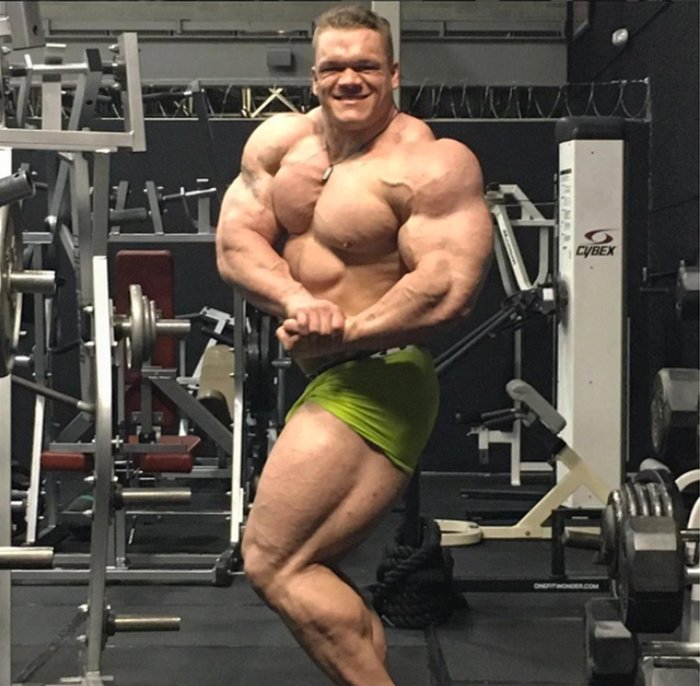
But is that the best frequency for you? I talked in Part 1 about how Lee Haney never believed in super-heavy weights: He was more into muscle "stimulation." But at the same time, he strongly believed that quality physiques couldn't be built by hitting body parts just once every seven days. He felt that kind of frequency was more suited to powerlifting. Instead, Lee trained his muscles twice a week, as did Ronnie Coleman. Today, rising star Dallas McCarver has adopted Ronnie's exact training split, and is growing by the day!
Twice a week is probably too much for a lot of people, But others might be shortchanging their results by letting a whole week go by between workouts for each body part.
Lesson for You: How often should you work each body part? Experiment! You never know till you try. In all aspects of training, it's all about finding out what's right for you. Just because the pros don't train like you doesn't mean you can't learn from them. Try out their methods and discoveries in your own training, and see if they bring you closer to your ideal physique!
